How Does Climate Change Cause Drought: Key Factors You Should Know
How does climate change cause drought? Some people said climate change contributes to more severe droughts, water crises. Others said there is no clear evidence to prove that. Keep reading to find the answer and understand the effects, consequences of climate change on our lives.
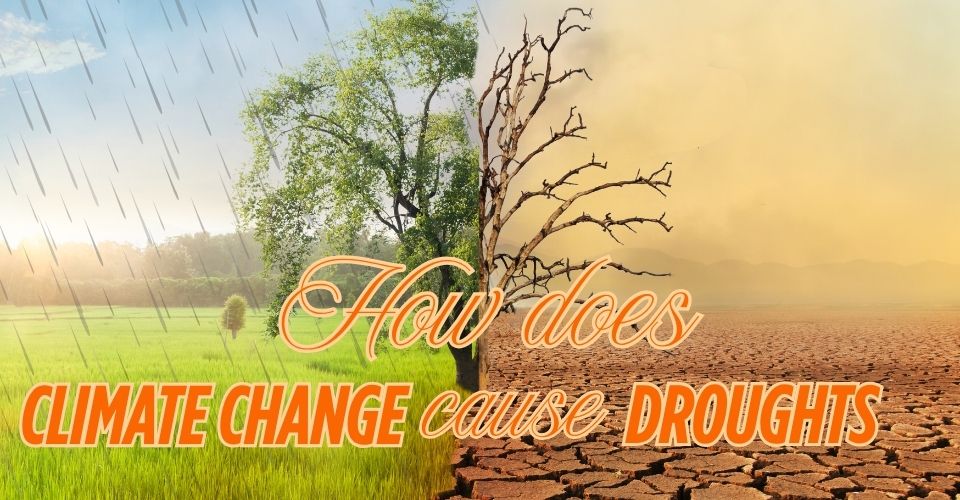
How does climate change cause drought?
Does climate change cause more droughts?
Scientists recognize a strong link between global warming and droughts, though proving direct causation is complex due to the natural variability of drought events.
While not every drought can be attributed to climate change, consistent patterns like rising temperatures, reduced rainfall, and alignment with climate models increase scientific confidence in this connection.
A 2020 Science study found that human-caused climate change contributed to 46% of the severity of the megadrought affecting the Western U.S. and northern Mexico.
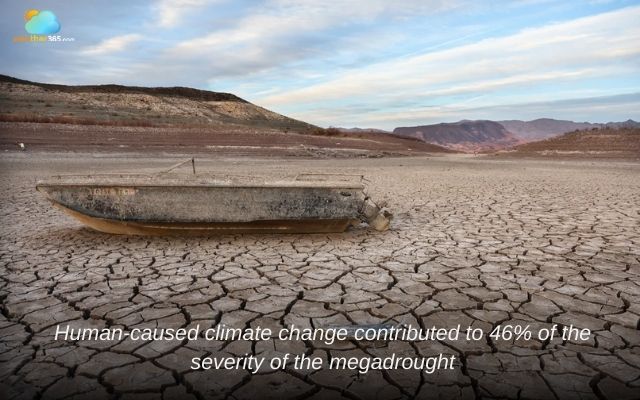
Human-caused climate change contributed to 46% of the severity of the megadrought
Although global drought patterns are less uniform, growing evidence shows climate change is intensifying droughts worldwide.
The IPCC's 2021 report confirms that with every 0.5°C of warming, some regions will face more frequent and severe droughts.
Rare events (occurring once every 10 years) are now 1.7 times more likely due to human influence.
- You may like this: 5 Types of Drought & Their Impacts on Human Activities
How does climate change cause drought?
Climate change is expected to lead to more drastic droughts in most regions.
But, how does climate change affect drought? Keep reading to understand the correlation between climate change and drought.
Increase temperature
Rising global temperatures lead to more frequent and intense droughts by increasing evaporation from soil, plants, and water bodies.
Warmer air holds more moisture, accelerating evaporation from land and surface waters, even when rainfall remains normal.
Additionally, plants release more water through transpiration in hotter conditions, further drying out the soil and reducing moisture availability.

In hot weather, plants, trees, and soil will evaporate more
Change Precipitation Patterns
Climate change disrupts weather patterns. It causes some regions to experience less frequent or intense rainfall due to shifts in storm tracks like the jet stream.
This leads to prolonged dry periods.
Additionally, climate change is increasing precipitation variability. Some areas might see fewer, but more intense, downpours rather than consistent, gentle rains.
These heavy bursts lead to more runoff and less water soaking into the ground to replenish soil moisture and groundwater.
This contributes to a "wet gets wetter, dry gets drier" trend, where already arid or semi-arid regions become even more susceptible to drought, intensifying water scarcity in vulnerable areas.
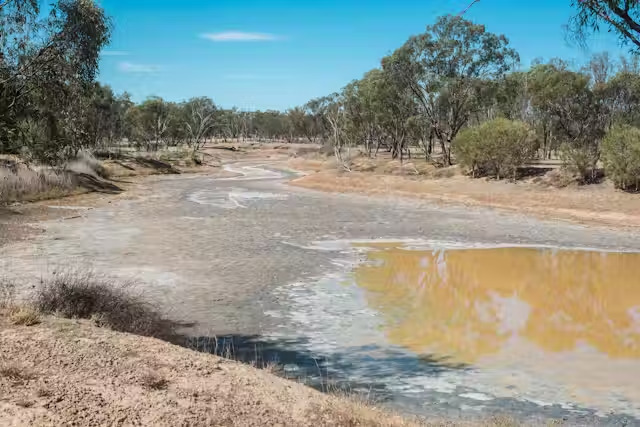
Climate change disrupts weather patterns, and droughts are more prone to occur
Reduce snowpack and melt snow
Climate change is altering precipitation in mountainous regions critical for water supply. Instead of accumulating as snow, warmer winter temperatures mean more precipitation falls as rain.
This significantly reduces the natural snowpack that acts as a natural water reservoir.
Furthermore, warmer temperatures in the spring also melt snow earlier. This premature melt sends water downstream before peak demand for irrigation and urban use.
As a result, less water is available during the crucial late spring and summer months. The absence of snow cover also causes the ground to dry out faster, exacerbating drought conditions.
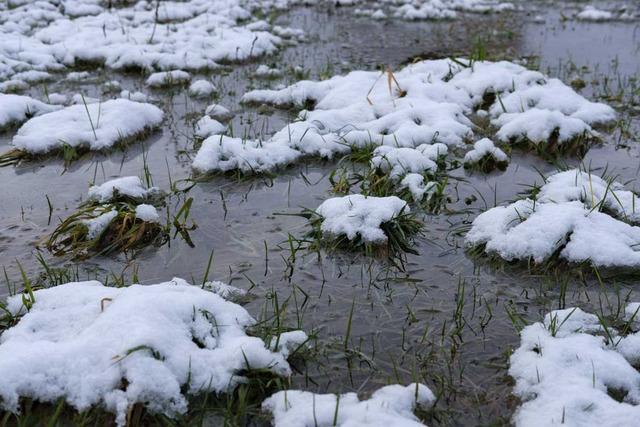
Climate change raises temperatures and melts snowpack, contributing to earlier droughts
Increase heatwaves
Climate change is driving an increase in both the frequency and severity of heat waves. Higher temperatures can increase the rate at which soil and water sources lose moisture.
When heatwaves persist, the rate at which moisture evaporates from soils, vegetation, and water bodies outpaces any replenishment from rainfall, quickly exacerbating or initiating drought conditions.

Climate change drives to more heat waves
Soil Degradation and Loss of Vegetation
Higher temperatures and lower rainfall severely degrade soil quality and reduce vegetation cover, crippling the land's ability to hold moisture and bounce back from dry periods.
This leads to a vicious cycle: as soil dries out, it absorbs more solar radiation and heats up further, which can create high-pressure systems that then suppress rainfall, making already dry areas even drier. Prolonged drought also kills off vegetation.
Less plant cover means less shade, increased ground temperatures, and reduced moisture release from plants, all of which accelerate the drought speeds.
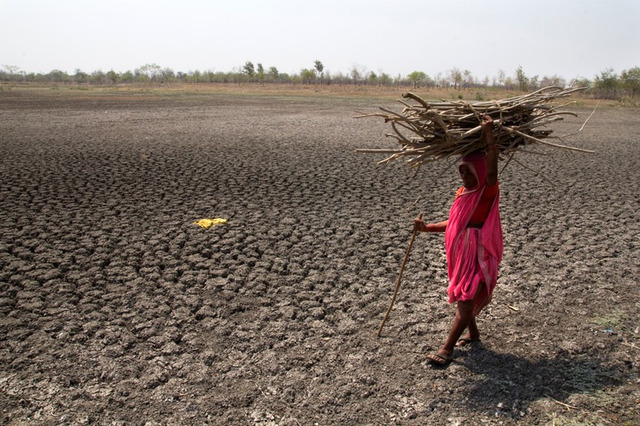
Climate change degrades soil and dries up vegetables
Where are the worst droughts?
Some regions experiencing severe droughts are at risk of significant food and water shortages.
Notably, Ethiopia, Somalia are experiencing the worst drought in the world, followed by countries like Kenya, Chile, and Angola. ( Read more about Which country has the worst drought).
Globally, droughts are spreading and affecting South and North America, central and eastern Asia, and central Africa.

Droughts are spreading and affecting many areas in the world
Conclusion
How does climate change cause drought? There is a connection between them; therefore, methods to limit climate change are also effective in preventing severe droughts. Countries should proactively seek solutions to reduce these impacts and build long-term resilience.
Frequently Asked Questions (FAQs)
◎ Reduce crop yields: Plants lack water to grow, leading to lower harvests and food shortages.
◎ Lose livestock: Limited water and dry conditions force farmers to raise fewer animals or face losses.
◎ Expensive food prices: food scarcity drives up costs.
◎ Economic strain: Farmers suffer with lower earnings, increasing debt, and possible bankruptcy.
◎ Degrade soil: Prolonged drought degrades soils, making farming more difficult.

![Worst Droughts in US History: What We Can Learn from Them? [List] Worst Droughts in US History: What We Can Learn from Them? [List]](https://assets.weather365.com/images/1751538966_worst-droughts-in-us-history-1.jpg)
![5 Types of Drought & Their Impacts on Human Activities [Explained] 5 Types of Drought & Their Impacts on Human Activities [Explained]](https://assets.weather365.com/images/1751539051_types-of-drought-1.jpg)
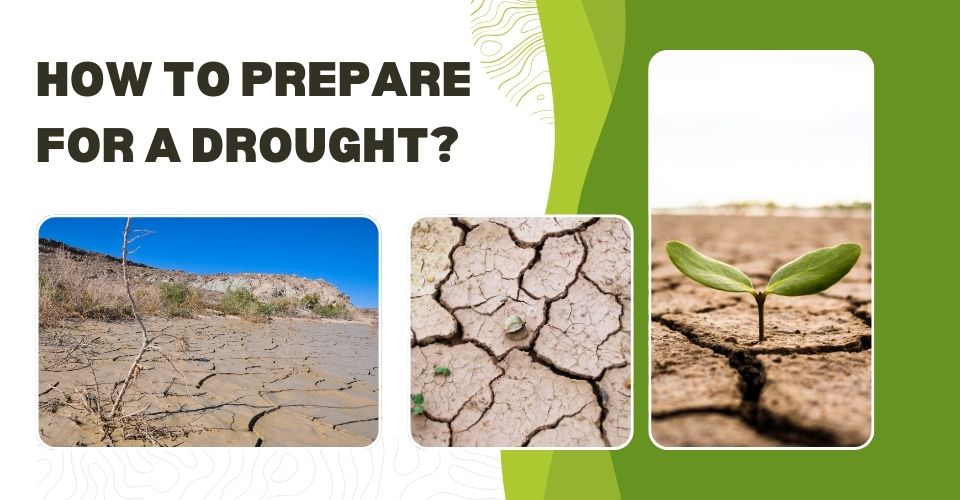
0 Comment
Leave a comment
Your email address will not be published. Required fields are marked *